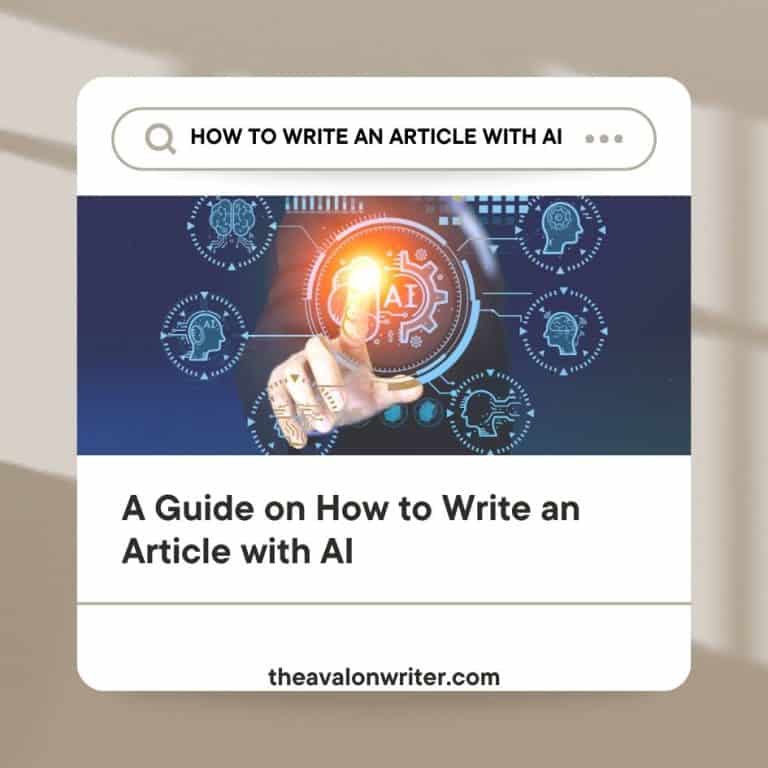How to cut through the fluff in Writing: A guide to impactful writing

Do you always feel tired reading through a very long article, and there is nothing meaningful in its content?
Are you a writer struggling with how you will convey your message clearly or concisely?
Many writers, whether seasoned or beginners struggle with fluff in writing, so if you are one of them, you are not alone in this journey.
We have developed a comprehensive guide covering all about fluff in writing. This guide will help every writer of any level identify the problem and give tips on how to create impactful content. Once you have reviewed this guide, you will improve your writing skills and engage your audience.
Introduction
Writing is an art. It is a way of communication that allows ideas, emotions, or even information to be passed on in writing. Contents of this kind of art are in different forms. It may be an article, a book, an essay, a script, etc. Therefore, one must have practised enough and sharpened the skill to develop a meaningful piece. It is, however, regrettable that writers often use fluff, if not all the time.
Fluff in writing, on the other hand, refers to a piece of content that lacks relevance. The audience will need help to pick out the most critical message being passed since the author either used unnecessary words or phrases or added information that did not contribute to the intended message. We are here to explore more about fluff in writing, how to identify it, and tips on coming up with impactful content. We will also touch on how AI can help us create impactful content with little to no fluff.
Meaning of fluff in writing
We have already defined fluff in a nutshell, we can say that, it is the use of any irrelevant information which will end up distracting the audience from the main point. It comes in different forms, which may include:
- Repetition
- Use of filler words
- Use of very complex words
- Irrelevant information
- Excessive use of descriptive words
- Very lengthy introductions/conclusions
- Rephrasing
Therefore, any writer must be aware that any time they add information to their writing, which does not contribute to their message or make it more straightforward, it automatically is fluff content.
Why is fluff in writing a problem? Eliminate fluff
Everything has its own set of advantages and disadvantages. We will focus on the weaknesses of both the readers and writers. They are as follows.

- Loss of clarity
There is unnecessary complexity to any piece of writing that contains fluff. It, therefore, makes it harder for the readers to understand the main point of the argument. A wordy piece with irrelevant details conceals the core ideas.
- Reduced engagement
Any piece that contains fluff will bore the reader. They will therefore lose interest and end up tuning out, skipping over sections, or even abandoning the whole article altogether.
- Time wastage
We definitely cannot compare how long it would take us to read a concise and focused article to an article full of fluff. People value their precious time, so an essay that eats up their time would better be abandoned.
- Reduced credibility
Once an audience realizes that a specific author produces fluff work, they may perceive them as lacking expertise or do not clearly understand the topics they cover.
- Missed opportunities
As discussed earlier, readers can decide to skip many sections. In such a situation, they overlook essential comprehensions or ideas concealed within the excess verbiage.
- Weakened persuasion
The persuasive power of writing padded with fluff is close to or equal to none. For this reason, we will always insist on writing that is well structured with concise arguments, as it will be effortless to follow through and get convinced.
- Quality perception
Any article with fluff gives the impression that the writer was trying to inflate the length without necessarily providing value.
- Impact on reputation
Fluff has vast adverse effects; for instance, if a specific writer’s work lacks substance, it is unlikely to attract an audience.
- Online reading habits
In our current technology, online readers scan their content instead of reading through it. Imagine the kind of information they would get after reviewing an essay full of fluff. It would be frustration after frustration.
- Wasted effort
For a writer to come up with any piece of writing, they must have invested their time and effort. Fluff writing can be easily defined as wasted effort since we have already seen the disadvantages that come with it.
Identify and Learn How to avoid fluff in Writing
Once we know what meaningful content constitutes, we will have a critical eye and an understanding that will enable us to recognize the best practices in writing. Here are some of the things to check out;
- Repetition
- Identify filler words
- Assess the sentence structure. It contains fluff if a sentence can be simplified or shortened without losing its meaning.
- Please read and analyze the paragraphs, checking whether each sentence contributes to the main point.
- Ensure introductions/conclusions are brief. They should be concise.
Tips for cutting through the fluff
We can effectively trim fluff from our writing in several ways. Still, before we state them, it is essential to highlight that a writer must be an outstanding editor for these tips to be highly operational.
- Once done writing, read your essay aloud. This one helps one identify sections that need to be more varied or precise.
- Be concise
- Do away with filler words.
- Combine all the sentences you think carry the same message to avoid redundancy.
- Always use the active voice
- Avoid the use of qualifiers
- Share your piece with others and seek feedback before submitting
- Always remember the main point of the argument. It will enable you to stay on track throughout.
How AI can help in article writing
Thanks to technology, we have AI tools to help writers produce better articles faster. It can generate fluff-free articles by:
- Outlining based on main points
- Suggesting edits to enable the content to look more concise
- There are AI-powered grammar and style checkers which can detect various patterns that contribute to fluff
- AI has different word choice alternatives that can enable the author to constitute wordy phrases
- Efficient editing
- It is time-saving
It is important to note that although AI can, at one point, be a powerful source of help, human judgment is crucial. Therefore, you must review the whole piece again and note where to edit, add or delete some content.
FAQ
What is Fluff in Writing
This is the use of unnecessary details and filler words that do not add substance to the message.
Does fluff affect the quality of a piece of writing?
Yes, it does. It dilutes the clarity of the message, which may bore the readers and make them lose interest.
Does it mean that all long articles have fluff?
No, not necessarily. There are long articles that maintain a clear focus on the topic.
Are there editing tools that can help in reducing fluff?
Yes, there are. We, however, mentioned that human judgment is essential.
Conclusion
Every writer needs to develop the skill of cutting through the fluff in writing. Once you have eliminated all the unnecessary information, passing your message becomes easier. The goal is to come up with pieces that are engaging and impactful.






